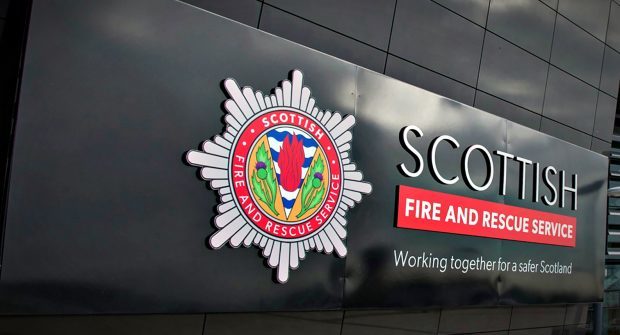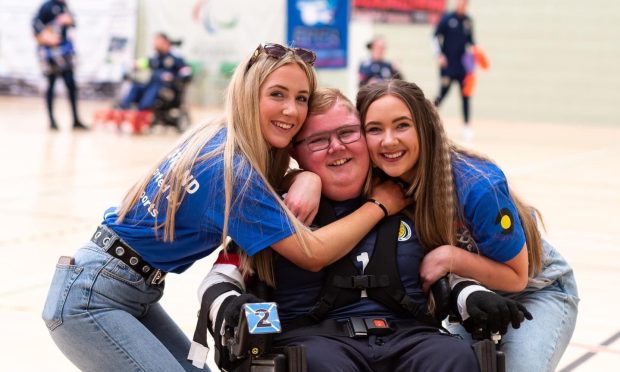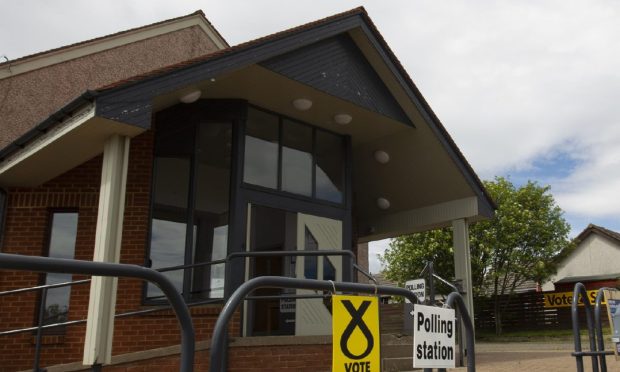The number of false alarms attended by firefighters in Angus has dropped to its lowest level in five years.
In the last quarter of 2016, firefighters attended 240 false alarms, a drop from 264 for the same period in 2015 and the lowest level since 2011.
There were 37 false alarms classed as ‘good intent’ and two malicious calls.
The volume of false alarms attended by Scottish Fire and Rescue continues to be an issue that costs millions of pounds a year. Each false alarm the fire service attends costs in the region of £2,000.
False alarms made up 65% of the callouts in Angus between October and December last year.
More than 40% of the unwanted fire alarm signals came from sheltered housing accommodation and nursing homes.
Scottish Fire and Rescue area manager Colin Grieve said the decrease was the result of Angus Council improving its systems.
He said: “A lot of these reductions will be because Angus Council took the initiative within their sheltered housing complexes to change the alarm systems which have resulted in fewer false alarms.
“That initiative has been extremely successful.”
Mr Grieve said fire safety enforcement officers spoke with owners of premises which frequently issued false alarms to see if this could be reduced.
He continued: “In relation to domestic and any sleeping risk, we will always respond because there is an unknown element within that.
“The fact we have put more smoke detection into properties means we can expect an increase in that because it’s for the right reasons.
“In terms of non-domestic premises we have another policy which involves initially if they are repeat offenders, we then send our fire safety enforcement team to speak with the duty holders and they try to identify why it may be that alarm is going off to try to identify the means to reduce that.
“If that continues and if the individuals refuse to engage we can take additional action, which goes up to not responding unless we receive a 999 call. That has not happened in my time.”
In the last quarter of 2016 there were 23 accidental dwelling fires, which matches the five year average.
There were no fatal fire casualties within this period and five people injured in fires.
There were five deliberate fires set to buildings, vehicles and outdoor structures between October and December and 14 deliberate outdoor fires.
Three accidental building fires occurred during the three month period, a drop from seven in the same period in 2015.
The fire service in Angus attended 16 road traffic collisions during the period, six fewer than in 2015.










